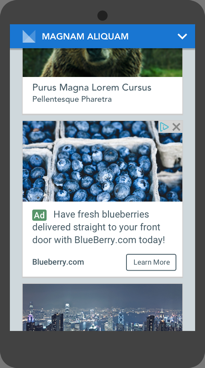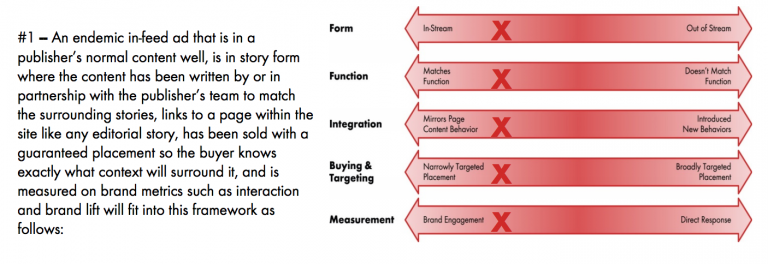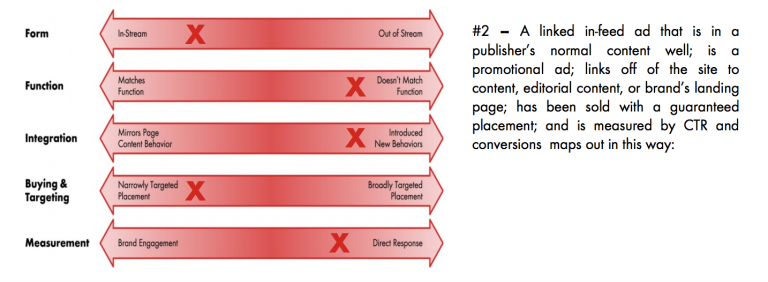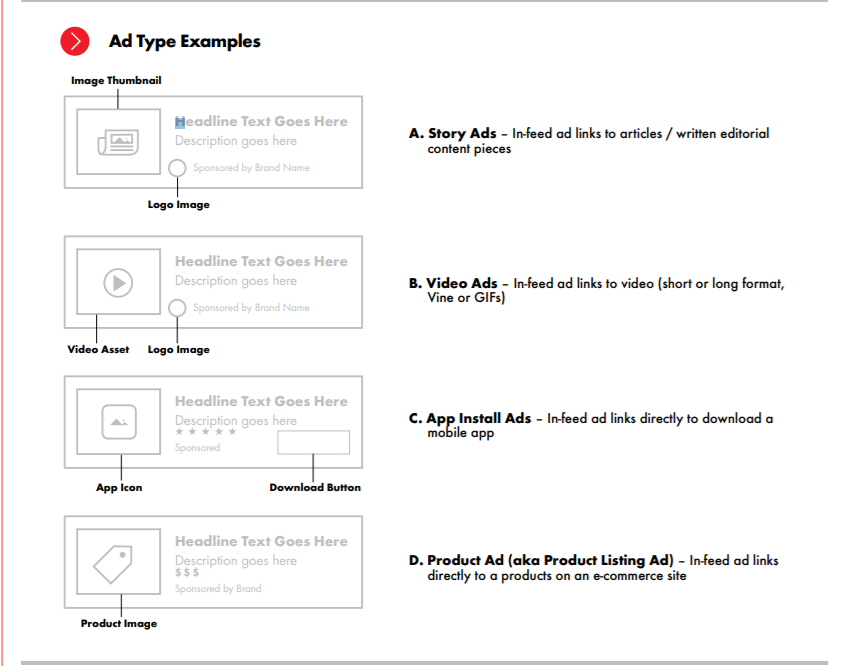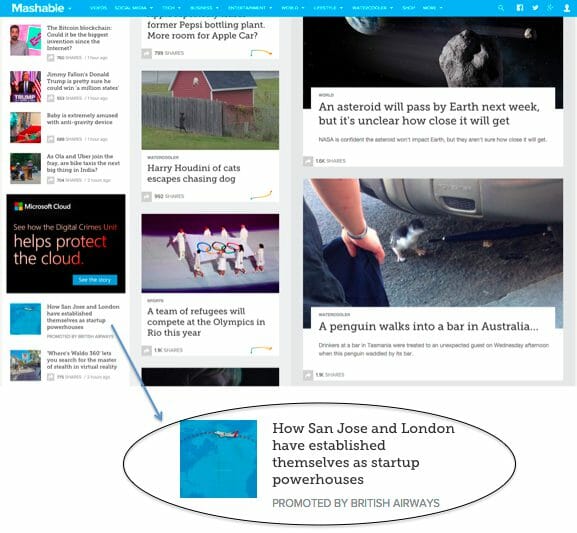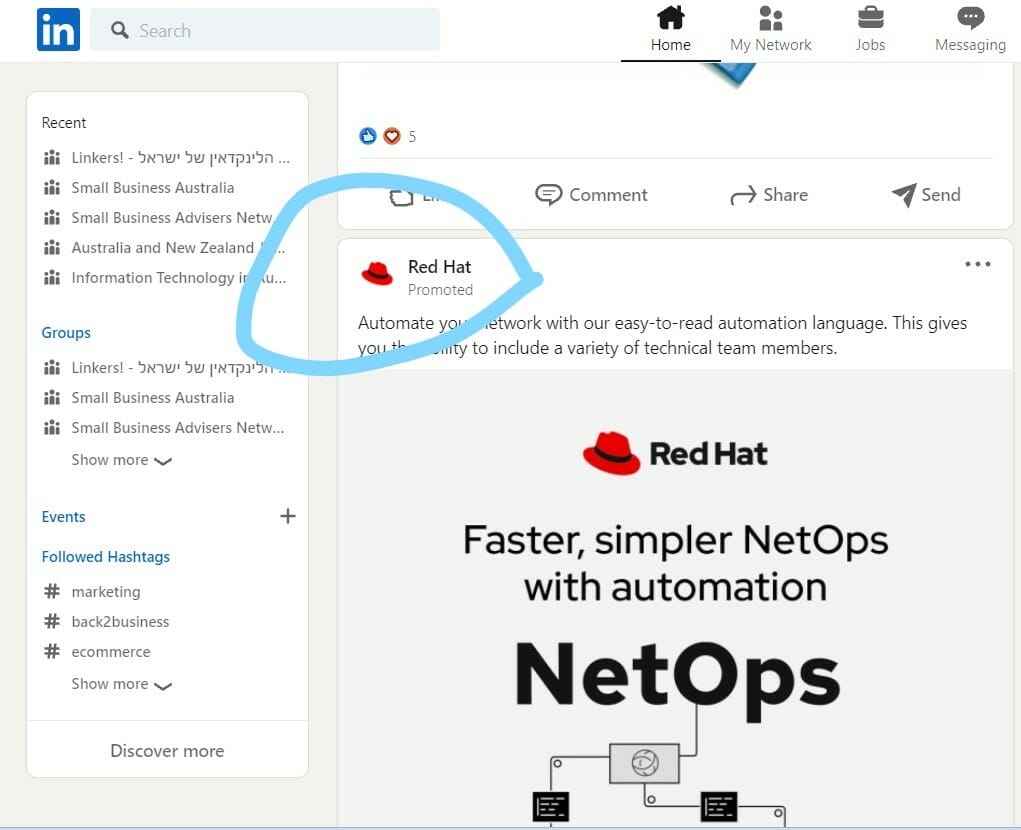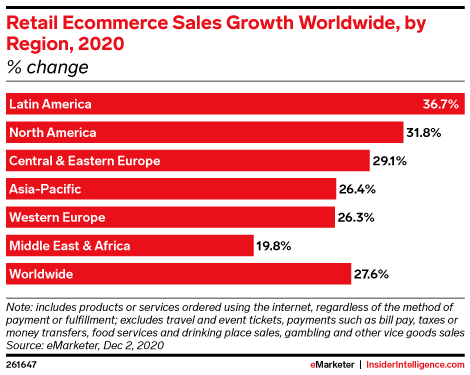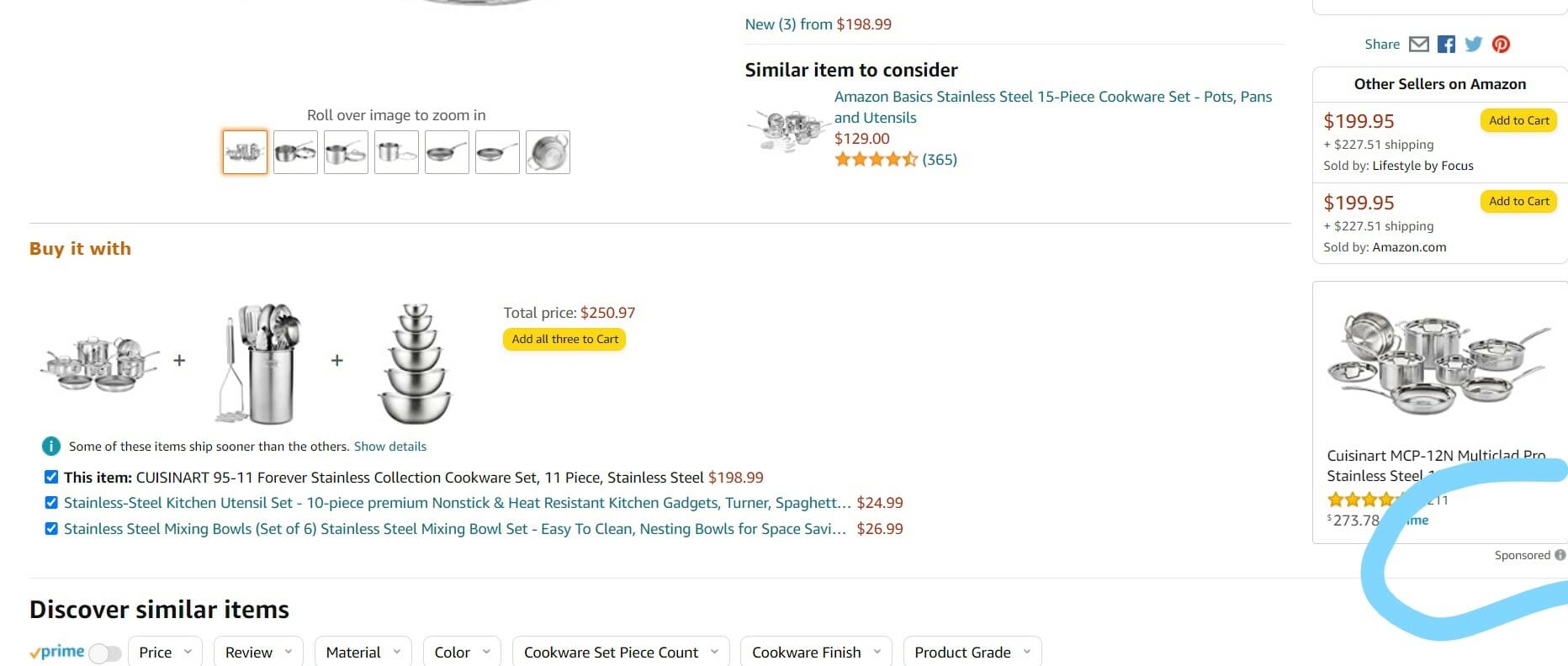
What Are In-Feed Social Media Ads? – All You Need To Know To Start Monetizing
There are many types of in-feed ads and a bit of confusion about how to use them right. In this post, we’ll take a deep dive into today’s in-feed advertising. We’ll explore the main-feed ad types of the leading e-commerce platforms and address common misconceptions about this versatile ad type. Let’s start.
What are In-feed ads?
In-feed is a type of ad format you place inside your feed to monetize your site and enhance your visitor’s user experience. It is one of the methods of native advertising that delivers branded content among other content on a digital property.
What makes an in-feed ad?
- The ad is delivered as part of the user experience.
- It matches the format and aesthetics of the ad to the publisher’s content.
- Discloses the ad as sponsored or promoted content.
What is a feed?
There are different types of feeds:
| CONTENT FEEDS | PRODUCT FEEDS | SOCIAL FEEDS |
| Content sites and news aggregations like Forbes, Yahoo, CNN. | Ecommerce sites and app listings like Amazon and eBay. | Social networking and media apps like Facebook, Instagram, or LinkedIn. |
You can place an in-feed in a news site or related to a product listing on an e-commerce site. This type of ad is native thus customizable to match the aesthetics of your content. Usually, you would want to place the in-feed ad between two content units on your feed or at the beginning or end.
When visitors scroll through the feed, they see the ad, but their experience is not interrupted by it. Therefore, in-feed ads don’t break the user flow and complement the content.
Types of in-feed ads
In-feed ads are often placed between content that appears on news sites and social media that use the infinite scroll format. The Interactive Advertising Bureau (IAB) explains in-feed ads according to the type of feed.
In the Native Advertising Playbook, the IAB defined the different types of in-feed native ads. Here are the two most common:
- A summary of the sponsored content
These ads are placed in a normal content feed, written in partnership with the publisher’s team to match the rest. The performance of this sponsored content is measured on brand metrics. Since the ad is inside the publisher’s site, the user remains on the website.
- Static in-feed ads
Static ads link to the website of the brand being promoted. Therefore, static in-feed ads take the user off-site to a brand’s landing page. The performance of this type of ad is measured in click-through rate and conversions.
The IAB mentions four critical types of ads that can be served in-feed:
- The story ads: these are written ads inside editorial content pieces,
- App install ads: these type of ads directs you to download a mobile app.
- Product ad: this in-feed ad links to a landing page for a product on an e-commerce site.
- Video ads: these ads direct the user to video, which can be in short or long format, Vimeo or GIF.
Examples of In-feed Ads:
As you are indeed noticing, in-feed ads are more diverse and versatile than we thought. Here are two examples of how in-feed advertising can be different in terms of integration and function.
British airways in Mashable
Sites like BuzzFeed, Forbes, and Mashable serve in-feed ads that blend into the content. This type of ad mimics page content behavior appearing like part of the content.
Take this example of British Airways ads as a sponsored content piece inside Mashable:
When a user clicks on the link, it takes them to an article written by the British Airways team with an ad reminding users that British Airways has a direct flight from London to Silicon Valley.
In-feed promoted post in LinkedIn
Here we have an example of a good match. LinkedIn is the go-to platform for B2B advertising. So, with most decision-makers in there, an ad for a cybersecurity platform appears natural. When the viewer clicks on the ad, it leads to a landing page for the product. The disclosure appears right below the company name.
Are In-feed Ads a Type of Native Advertising?
Native ads are paid advertisements. that match the look, function, and aesthetics of the page or app where they appear. They are usually found in social media feeds or as sponsored content on a web page. As you may see below, the IAB includes in-feed ads in the main types of native ads.
The thing with native ads is that they don’t look like ads. They look like part of the content on the page they are to prevent disrupting the user experience.
4 Types of Native Ads
- In-feed ads
As we mentioned before, ads appear in your feed, such as news, social, or e-commerce.
- Paid search
Search ads are listing that appear primarily at the top of your Google search results or in the sidebar. They can be text or include images and product descriptions.
- Recommendation widgets
Content pieces, such as recommended articles, sponsored posts, usually appear on the screen after the article the user is reading.
- Promoted listings
This type of paid content typically appears in e-commerce platforms, such as eBay. Promoted listings are served with priority in front of more and higher intent buyers, increasing the likelihood of a purchase.
In-feed Ads in E-Commerce Platforms
The global retail e-commerce market has grown exponentially in 2020, a whopping $4.28 trillion, according to eMarketer.
Ecommerce platforms can enhance their visitors’ experience by implementing in-feed ads. For example, adding “articles you may like” or “recommended products” paid content. This type of sponsored content doesn’t appear like an ad, but a recommendation, so the user is more likely to click on it.
Today, with the help of adtech, in-feed ads include video, carousel catalogs, and mobile in-feed ads.
This ad appears on the side of a product page for a set of pots and pans. When you scroll down, you find “similar items to consider” and the sponsored ad. Notice how it blends seamlessly with the aesthetics of the page.
In-feed advertising can greatly support e-commerce platforms. Why? Because in-feed ads meet the main goal of an e-commerce site: keep consumers engaged as they go down the funnel of their customer journey.
In-feed ads are flexible and can meet every stage of the journey.
Advantages of in-feed ads
There are many benefits both for publishers and advertisers implementing in-feed ads. Let’s review a few.
Improved user experience
In-feed ads give users a better, non-disruptive user experience. Since they are part of the user’s flow, they don’t interrupt the journey or alter the look and feel of the website.
Better monetization
In-feed ads provide publishers the opportunity to monetize new spaces in their pages, inside their feeds.
Great for mobile
In-feed ads are ideal for mobile because they help monetize small screen spaces such as mobile devices.
Better reach
For advertisers, in-feed ads offer an opportunity for reaching highly engaged audiences.
In-feed vs. standard ads
Standard ads, such as display, banner, or the like, are placed around the website content. In the case of pop-up ads, they spring right in the center of the screen. They disrupt the customer experience, and their customization is limited.
In-feed ads, on the other hand, are part of the user’s flow. They are also highly customizable and geared to high intent users.
How CodeFuel Drives Engagement with In-Feed Contextual Ads
CodeFuel uses in-feed ads to deliver a seamless user experience that meets the intent of the consumer. The user engages with the ad because it provides an added value to the ad content and answers the user’s queries.
CodeFuel leverages AI and machine learning capabilities to offer intent-based advertisements that match the user requests every time. Our complete monetization platform thus drives engagement and maximizes the publisher’s yield.
Start delivering the best user experience with intent-based ads. Sign up here.

